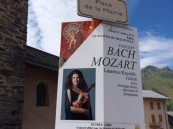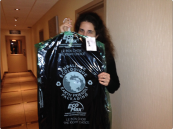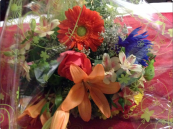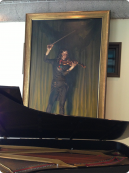Recital in Tokyo, Japan – September 21st, 2018
Laurence Kayaleh, violin
Yusuke Kikuchi, piano
JT Art Hall | Tokyo, Japan
Dear Friends of Music,
It is a great pleasure to visit Japan and perform again in this beautiful country in
September ! I still keep very dear memories of my last stay in Tokyo and of the audience’s
appreciation for music. Such a journey is a significant source of inspiration as an artist.
Audiences aren’t always aware of their contribution to the musician’s interpretation. But the
public plays a crucial role in the unique communication and communion we, musicians,
experience on stage. I still remember the magical moments in concert halls in Japan filled
with people enjoying every note of music with such passion and respect !
The sonatas I will be performing in Tokyo on September 21st are masterpieces which I
have been playing for many years. The musical writing and structure of these works
represent a world of endless artistic (and human !) exploration… I feel privileged as a
musician to be able to come back regularly to such great musical literature with new
musical ideas, impressions and maturity. I have been recently performing Richard Strauss’
Piano Quartet in C minor, Op. 13, hence the choice of performing his magnificent violin
sonata, together with Johannes Brahms’ Sonata in D minor, Op. 108 and Edvard Grieg’s
Sonata in C minor, Op. 45.
My heartfelt thanks to the organizers for having me back !
Laurence Kayaleh


















































